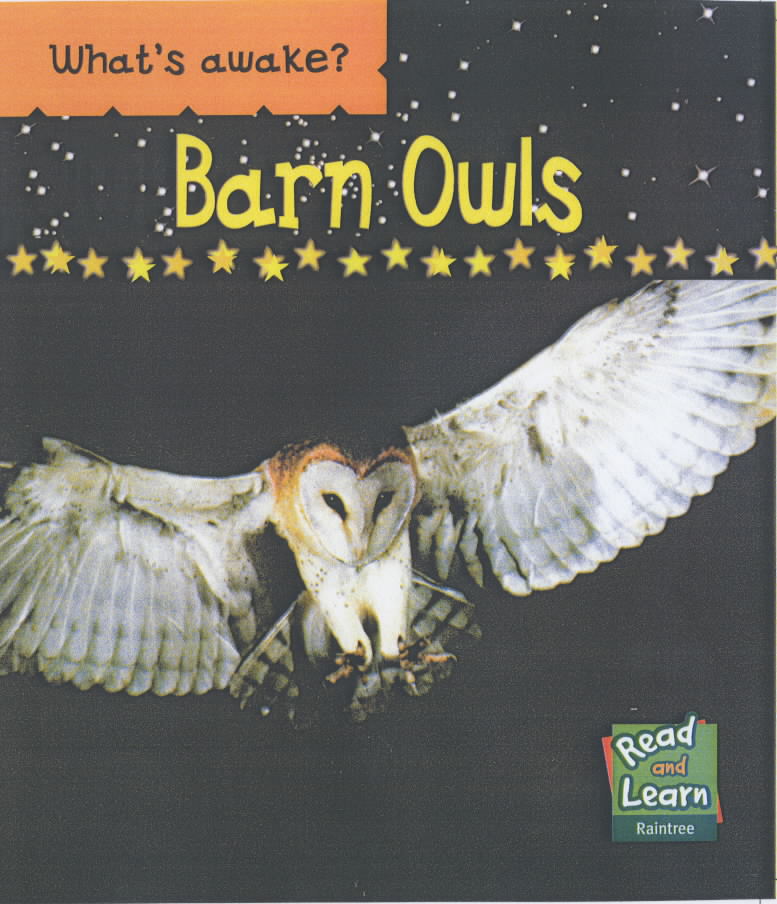Resources
This item is one of over 25,000 physical resources available from the Resources Collection. The Archive Collection covers over 50 years of curriculum development in the STEM subjects. The Contemporary Collection includes all the latest publications from UK educational publishers.

This series simply explains physical characteristics, behaviour and habitat of common nocturnal animals. This book is about barn owls.
This item is one of over 25,000 physical resources available from the Resources Collection. The Archive Collection covers over 50 years of curriculum development in the STEM subjects. The Contemporary Collection includes all the latest publications from UK educational publishers.

The barometer can be used to measure and monitor atmospheric pressure. It works well for conducting weather studies or experiments that involve pressures close to...
Barrel Jellyfish and Supercooled Water
A podcast from the Planet Earth Online collection and the Natural Environment Research Council (NERC).
Scientists know surprisingly little about jellyfish.Which is why British and Irish researchers are in the middle of a project to tag them to find out things like where they go during the winter, how...
Barycentric balls: orbits and the centre of mass
This resource looks at the concept of a centre of mass, for a rotating body, or barycentre, using the principals of moments. An demonstration activity is suggested, using tennis balls secured together will string. A video linked to this activity is performed on the International Space Station, by ESA Astronaut,...
Base Arithmetic
This MEP resource from CIMT is taken from text book 9A which covers the mathematics scheme of work for the first half of year 9.
Base arithmetic covers: binary numbers, adding and subtracting binary numbers, multiplying binary numbers and other number bases.
The initial file forms part of the...
Base Pair 3-D
A 3-D movie that journeys into the human cell revealing base pairs.
Courtesy: National Human Genome Research Institute.
This resource is part of the Post 16 genetics and genomics collection of resources.
Base station walkback
Aim to increase your walking distance to 6.2 miles, or 10 km the equivalent of the NASA Base Station Walk-Back limit. Try skipping, cycling or running instead. How far can you cycle and still comfortably get back to base? How far did you walk, cycle, skip or run?
This resource is from the Mission X...
